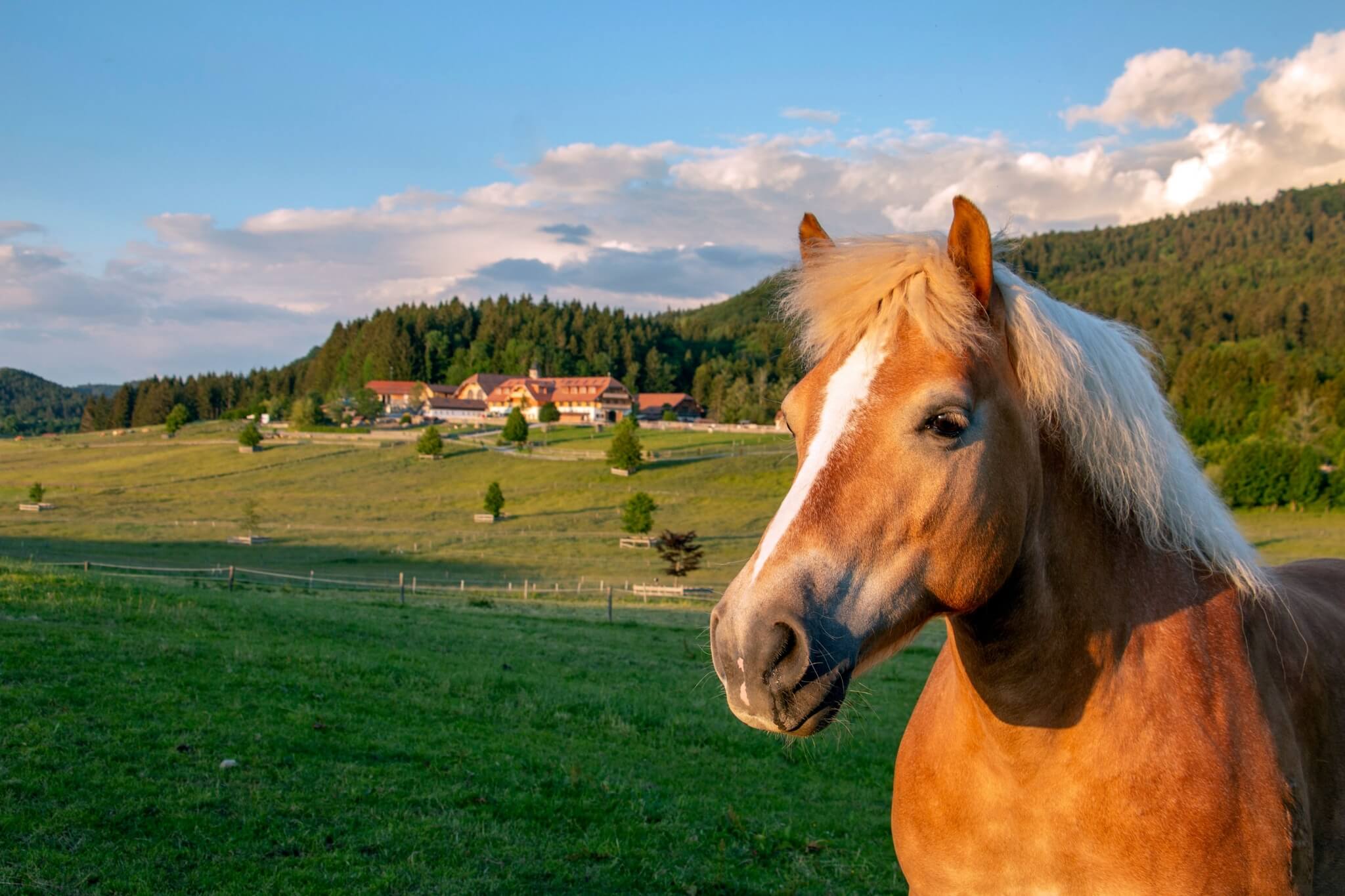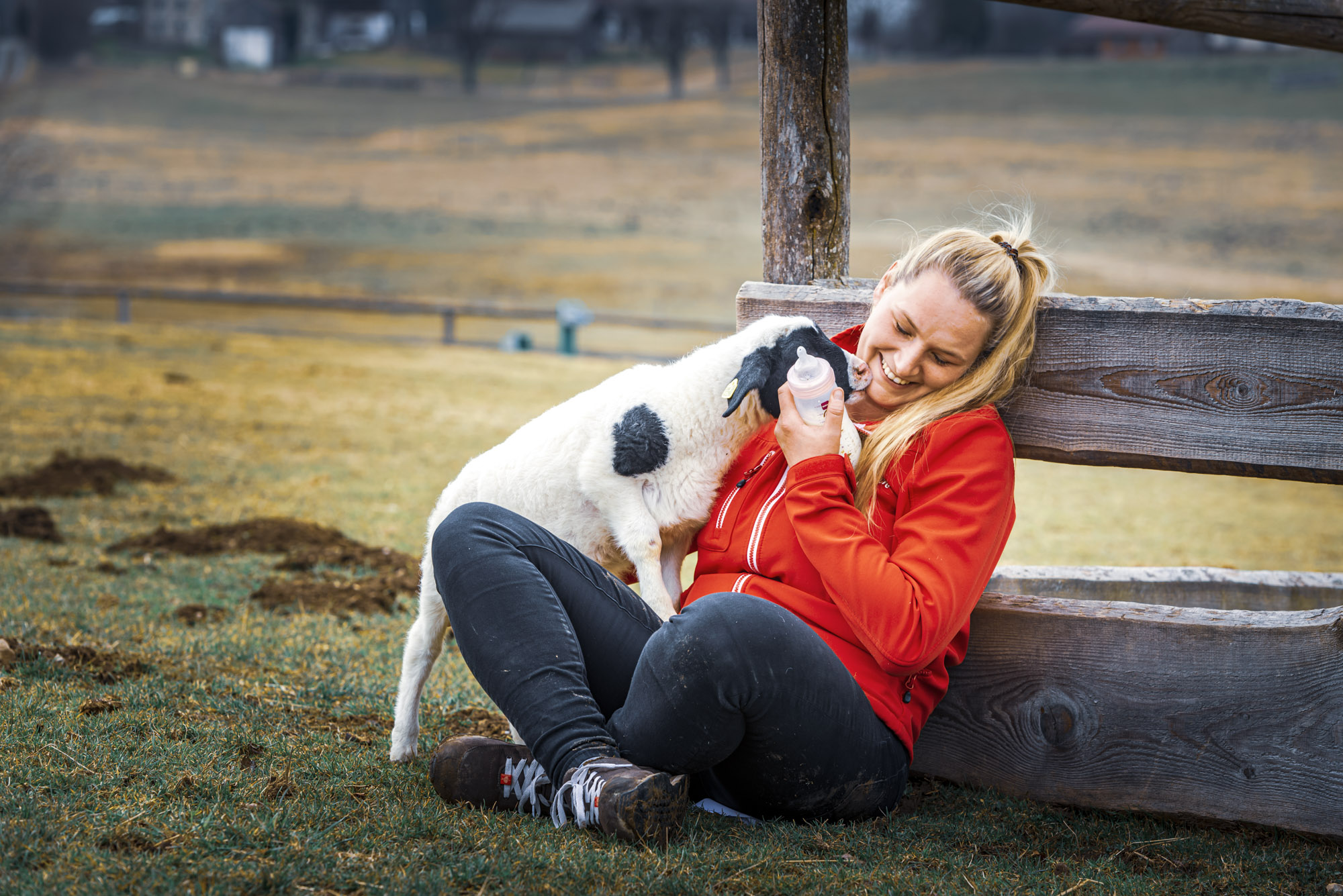
Reh-Bekka and Reh-Neh have said goodbye
The trick is to get up once more than you get knocked down. – Oliver Goldsmith
This skill was demonstrated two years ago by our three rescued roe deer, Deer-Nate, Deer-Bekka and Deer-Neh. To protect them from predators, the fawns had been placed in the tall grass by their mothers. This is determined by the animals’ instinct. The mother comes to this spot at regular intervals to suckle her fawn. If an enemy approaches, the fawns “take cover” and hide deep in the tall grass. The animals’ instincts do not recognise modern mowers, and so the fawns were each life-threateningly injured on one leg by the mower’s sharp blades. An animal lover took care of the young, injured animals. One leg had to be amputated from each deer. The three fawns were cared for and raised with great care and love.
Gut Aiderbichl tries to educate people through numerous projects in the animal sector. The Aiderbichl meadows are flown over with a drone equipped with a thermal imaging camera before mowing in order to locate and rescue any fawns lying in the tall grass. A fawn would not be visible to the naked eye. The fawns are placed in protective boxes and only then do we start mowing. The doe observes this process very closely and takes care of her fawn again once it has been rescued by humans.


Reh-Bekka and Reh-Neh lived together with Reh-Nate for some time at Gut Aiderbichl in Henndorf after being lovingly cared for by their rescuer. After our deer Burli died, the three young deer were able to move into his large enclosure. And they were not alone: next door in the enclosure lives Hermes, a white fallow deer, who watches his new flatmates attentively with his big brown eyes.
Some readers may now be wondering why the deer were not released into the wild after the amputation wounds had healed? The reintroduction was not possible because nobody could estimate whether and for how long the deer could have survived in the wild.
With their handicap, Reh-Bekka and Reh-Neh coped well in the large enclosure. Everything seemed fine, but a few weeks ago the two dead deer shocked the animal keepers who were just about to bring in the food. What had happened here? Once again we learnt how well thought out nature’s system is for its animals. Wild animals do not show their illness. Their behaviour in the event of illness is in no way comparable to that of our domestic animals. Our deer were eating and moving around the enclosure. Everything seemed fine, but Deer Becca and Deer Neh did not communicate in any way to the keepers that they were ill. They were diagnosed with a serious infection and sadly died. It was as if they had switched off their vital organs and left without giving their humans a sign. Quietly and secretly, their hearts had stopped beating.
First do what is necessary, then what is possible and suddenly you can do the impossible.
– Francis of Assisi
Dear Reh-Bekka and dear Reh-Neh,
We are grateful that we were able to accompany you for a while. It was an instructive time for us humans to observe how wild animals can also come to terms with a handicap. Your tragic story should be a memorial and at the same time a signpost for all people who have to carry out their work in nature with modern technology, which is dangerous for wild animals.
Reh-Nate and Hermes have now become a small team in the large enclosure. Take care, you two.





